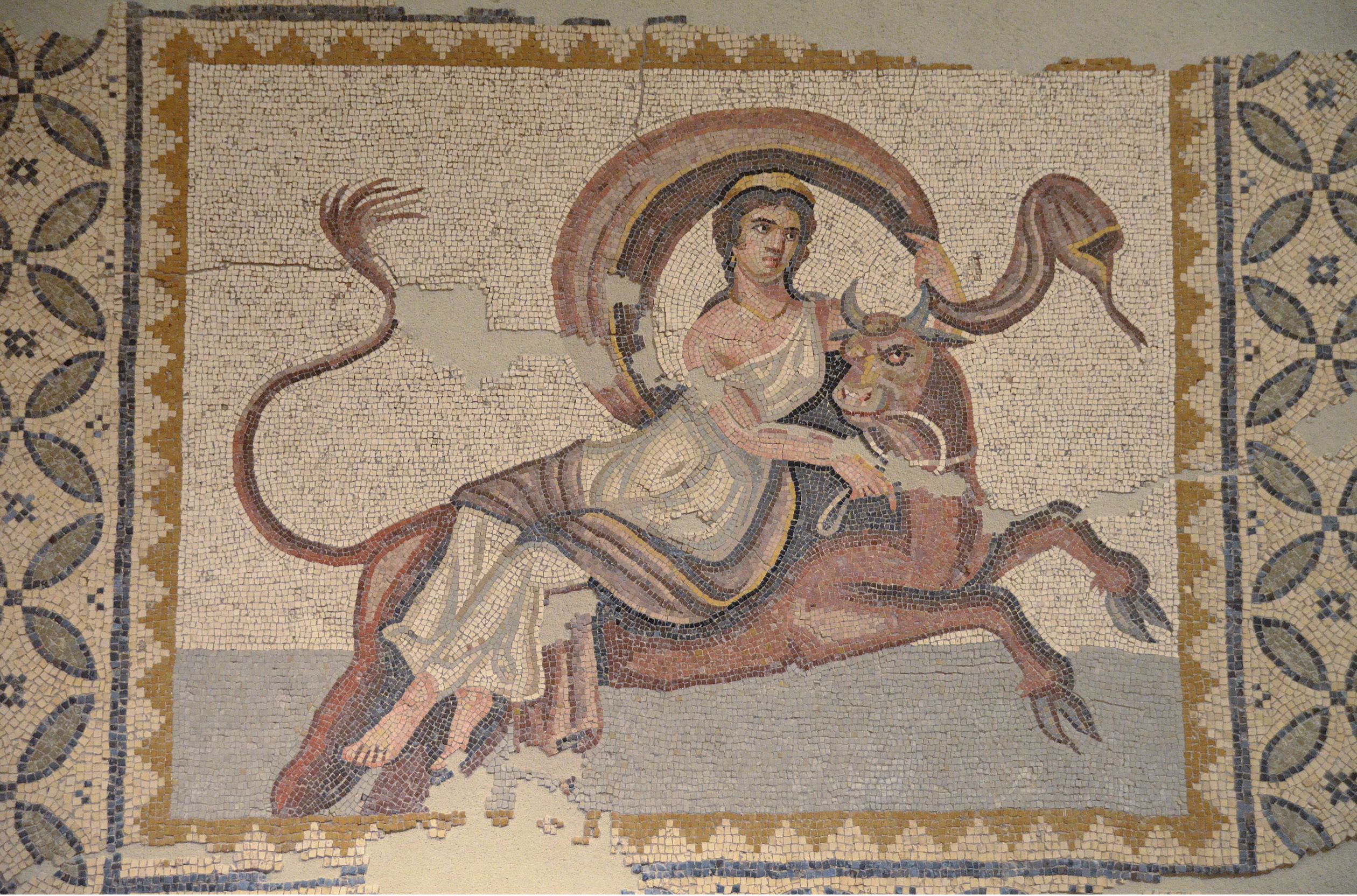
New research of a luxurious Ancient Greek home revealed it was built with recycled glass.
Although this 5th century AD luxury villa was excavated and examined both in 1856 and in the 1990s, there continue to be secrets being revealed.
An international research team has now made further discoveries. Professor and archaeometry expert Kaare Lund Rasmussen from the University of Southern Denmark is in charge of the so-called archaeometric analysis, which involves using chemical analysis to ascertain the components of an object’s composition and its processing history among other things.
The team’s work, which included an archeometric analysis of nineteen roughly 1,600-year-old mosaic tesserae, was published in the journal Heritage Science.
House Located in Same City as One of the Seven Wonders
The tesserae are from a villa excavation from late antiquity that was done at Halikarnassos (today Bodrum in Turkey). King Mausolus’ enormous, opulent mausoleum, which was regarded as one of the seven wonders of the world, made Halikarnassos famous.
The flooring of the Ancient Greek home was covered with recycled glass in several rooms, and it was designed around two courtyards. In addition to geometric patterns, there were also representations of numerous mythological characters and settings from Greek mythology, such as Princess Europa being kidnapped by Zeus in the form of a white bull and Aphrodite at sea in her seashell.
There are also motifs from the tales of the much-younger Roman author Virgil. The villa was built in the middle of the fifth century AD, according to inscriptions on the floor, and its owner was named Charidemos.
Mosaics were a Luxury
The recycled glass flooring in the Ancient Greek home was quite expensive since pricey raw stones like white, green, black, and other shades of marble had to be delivered from far-off quarries. Additionally, it was necessary to import glass, ceramic, and other stone materials.
“I received 19 mosaic tesserae for examination in my lab in Denmark,” says Kaare Lund Rasmussen. “Seven of them were made of glass and came in a variety of colors, including purple, yellow, red, and deep red. Six of them, in my opinion, are most likely composed of recycled glass.”
Inductively coupled plasma mass spectrometry, a type of chemical analysis, is the foundation of his findings. With its help, the research team has calculated the concentrations of no fewer than twenty-seven different elements, some of which were determined down to billionths of a gram.
“We were able to distinguish between base glass from Egypt and base glass from the Middle East and also, we could determine which elements were added by the ancient craftsmen to color the glasses and to make them opaque, which was preferred at the time,”Kaare Lund Rasmussen said.
Even though drawing conclusions from a mere seven glass mosaics is challenging, new findings match with what was going on in Anatolia in late antiquity. The decline of Roman influence led to closed trade routes or reroutes, resulting in a lack of products in various areas, including raw materials for glass manufacturing.
This information, combined with the scenes depicted on the floors, allow classical archeologists to construct a more thorough picture of what was common or popular in late antiquity.
See all the latest news from Greece and the world at Greekreporter.com. Contact our newsroom to report an update or send your story, photos and videos. Follow GR on Google News and subscribe here to our daily email!



